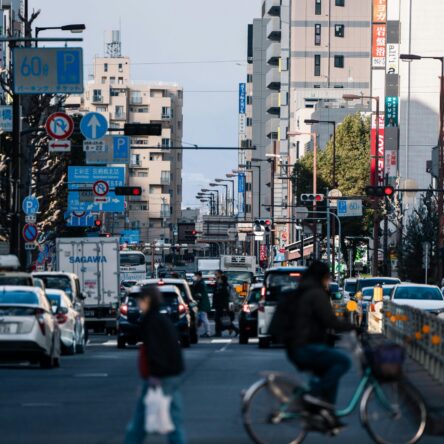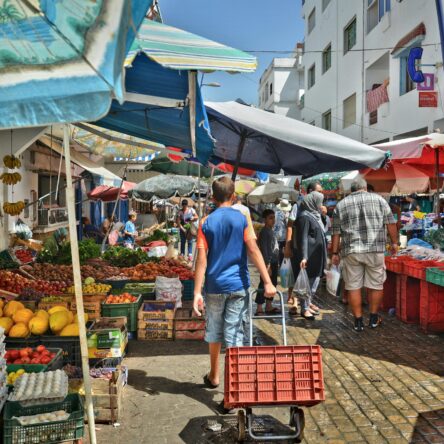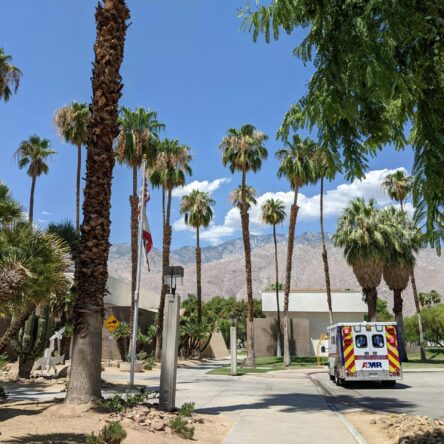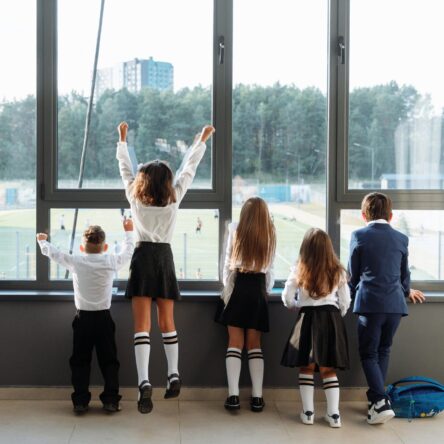Urbanization is a defining characteristic of modern society, posing significant challenges to environmental sustainability, particularly in densely populated regions like India. Addressing these challenges requires innovative approaches, and green roofs offer a compelling solution. As a nature-based intervention, green roofs provide multifaceted benefits, from mitigating urban heat to enhancing biodiversity and improving air quality, aligning with global sustainability goals.
Green roofs, or vegetated roof systems, integrate living plants with building structures. They consist of several layers that include a vegetation layer, growing medium, waterproofing, drainage, and root barriers. This configuration transforms conventional rooftops into eco-friendly ecosystems, providing numerous environmental benefits [1]. Green roofs are categorized into extensive and intensive systems. Extensive systems are lightweight, with shallow substrates, and focus on weather proofing and insulation. In contrast, intensive systems support deeper-rooted plants, requiring more maintenance but offering greater ecological and aesthetic value.
The implementation of green roofs in urban areas addresses several environmental issues prevalent in India. Urban heat islands, caused by heat-absorbing buildings and infrastructure, increase city temperatures. Green roofs help mitigate this effect, reducing surface and ambient temperatures through plant transpiration and shading [2]. Additionally, green roofs enhance stormwater management. India’s major cities often face urban flooding due to inadequate drainage systems exacerbated by climate change. Green roofs absorb rainwater, reduce runoff, and alleviate pressure on municipal infrastructure. This capability is crucial in managing monsoon deluges typical in Indian metropolitan areas.
Air quality improvement is another significant advantage. Plants filter pollutants and sequester CO2, contributing to cleaner urban air [3]. This function is vital in cities like Delhi, where air pollution poses serious health risks. Beyond ecological benefits, green roofs offer socio-economic advantages. They contribute to urban biodiversity by creating habitats for various species, essentially acting as urban wildlife refuges. This biodiversity fosters a healthier ecosystem amidst sprawling urban landscapes. From an economic perspective, green roofs extend the lifespan of roof membranes, reduce energy costs through improved insulation, and increase property values. These savings can incentivize residential and commercial adoption, crucial for widespread implementation.
Despite their benefits, green roofs are underutilized in India due to several challenges. High initial costs and maintenance are primary deterrents. There is also a lack of awareness and technical expertise on optimal design and plant selection suited to India’s diverse climatic conditions [4]. However, this presents an opportunity. Policymakers can incentivize adoption through subsidies and integrating green roofs into urban planning codes. Public-private partnerships can facilitate pilot projects, showcasing successful implementations. Educational campaigns can raise awareness and train builders, architects, and developers in this technology.
Engaging local communities in green roof projects can also overcome implementation barriers. Community involvement ensures designs meet local needs and fosters environmental stewardship among residents. Green roofs are a strategic component of sustainable urban development, offering beneficial ecosystem services and addressing critical environmental challenges in India’s rapidly urbanizing cities. While their adoption faces hurdles, strategic policymaking, community engagement, and education can facilitate wider implementation. In transforming Indian urban environments, green roofs stand as a beacon of sustainable innovation, aligning urban growth with ecological preservation. Embracing this solution requires concerted efforts from stakeholders across sectors, ensuring that green roofs become a ubiquitous feature of India’s skyline, contributing to healthier, more resilient urban spaces.
References
[1] G. Mihalakakou, M. Souliotis, M. Papadaki, et al., “Green roofs as a nature-based solution for improving urban sustainability: Progress and perspectives,” Renewable and Sustainable Energy Reviews, vol. 167, Jul. 2023. [Online]. Available: https://dx.doi.org/10.1016/j.rser.2023.113306
[2] M. F. Chow and M. F. A. Bakar, “Environmental Benefits of Green Roof to the Sustainable Urban Development: A Review,” in Environment & Ecology, Jul. 2017. [Online]. Available: https://dx.doi.org/10.1007/978-981-10-8016-6_110
[3] S. Rahman and H. Ahmad, “Green Roofs As Urban Antidote: A Review On Aesthetic, Environmental, Economic And Social Benefits,” Mar. 2012.
[4] A. Bhardwaj, S. Chaudhary, and Ar. Kirti Varandani, “Impact of Green Roof on Heating and Cooling in Context of Different Climatic Zones in India,” EPRA International Journal of Environmental Economics, vol. 9, no. 3, pp. 64-78, Jun. 2021. [Online]. Available: https://dx.doi.org/10.36713/epra7466
[5] H. Ma and W. Lu, “To Promote Sustainable Urban Development – Advantage Study of Roof Greening,” in Advanced Materials Research, Sep. 2014, vol. 641, pp. 612-616. [Online]. Available: https://dx.doi.org/10.4028/www.scientific.net/AMM.641-642.612
[6] J. Rogers, “Green, Brown Or Grey: Green Roofs As ‘sustainable’ Infrastructure,” International Journal of Design & Nature and Ecodynamics, vol. 8, no. 2, pp. 180-191, May 2013. [Online]. Available: https://dx.doi.org/10.2495/SDP130271
[7] A. Friedman, “Design Strategies for Integration of Green Roofs in Sustainable Housing,” Vitruvio International Journal of Architectural Technology and Sustainability, vol. 1, no. 1, pp. 25-39, Dec. 2015. [Online]. Available: https://dx.doi.org/10.4995/VITRUVIO-IJATS.2015.4475
[8] V. Maddala, “Implementation of Green roofs –A requisite for Sustainable development -Review,” Nov. 2020.
[9] Supriya Thokchom, Chitra Shijagurumayum, and T. Suresh, “Green Roofs- A Review,” SAMRIDDHI : A Journal of Physical Sciences, Engineering and Technology, vol. 14, no. 1S, Jun. 2022. [Online]. Available: https://dx.doi.org/10.18090/samriddhi.v14spli01.6




